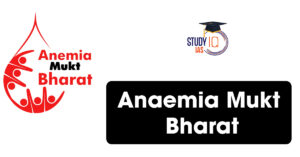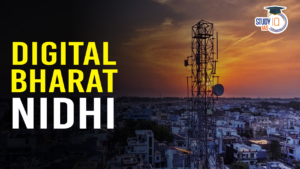Table of Contents
About Eklavya Model Residential Schools (EMRS)
- EMRS is a Central Sector Scheme started in 1997-98 to impart quality education to ST children in remote areas.
- EMRS are established in the States/UTs from the grants received under Article 275(1) of the Constitution of India.
- Features:
- The schools focus not only on academic education but on the all-round development of the students.
- Each school has a capacity of 480 students, catering to students from Class VI to XII.
- Non-ST students can be admitted in these schools on seats up to 10% of the total seats.
- Implementing Agency: National Education Society for Tribal Students (NESTS) , an autonomous organization under the Ministry of Tribal Affairs manages EMRS across India.
- Criteria for establishment: Every block with more than 50% ST population and at least 20,000 tribal persons, will have an EMRS.
| Particularly Vulnerable Tribal Groups (PVTGs) |
|
PVTG Sub quota in EMRS
- In 2020, a 5% sub-quota was introduced for PVTGs to enhance their access to education.
- Current Enrollment Data:
- Total EMRS Students: 1,30,101 (across 407 functional schools as of October 2024).
- PVTG Students: 4,480 students, comprising only 4% of the total population, falling short of the 5% target.
- Dropouts among PVTG students have increased consecutively over 3 years.
Reasons for Low Enrollment and Dropouts
- Infrastructure Gaps: Poor facilities in many schools.
- Teacher Shortage: Lack of sufficient and qualified teaching staff.
- Economic Pressure: Many PVTG students are compelled to work to support their families.
- Quality of Education: Perception of subpar education and inadequate resources.
| UPSC PYQ |
Q. Consider the following statements about Particularly Vulnerable Tribal Groups (PVTGs) in India: (2019)
Which of the statements given above are correct? (a) 1, 2 and 3 (b) 2, 3 and 4 (c) 1, 2 and 4 (d) 1, 3 and 4 Answer: C |


 5 Years of SVAMITVA Scheme and Its Benef...
5 Years of SVAMITVA Scheme and Its Benef...
 Anaemia Mukt Bharat: India’s Fight Aga...
Anaemia Mukt Bharat: India’s Fight Aga...
 Digital Bharat Nidhi Boost to Rural Tele...
Digital Bharat Nidhi Boost to Rural Tele...





















